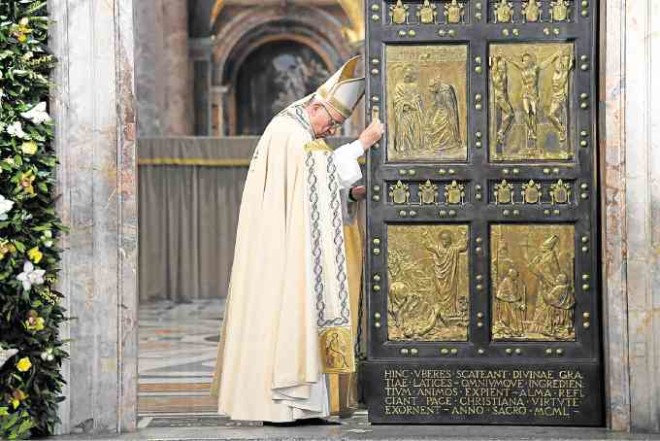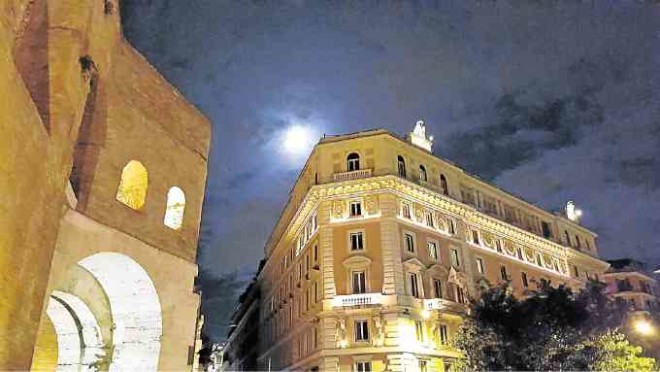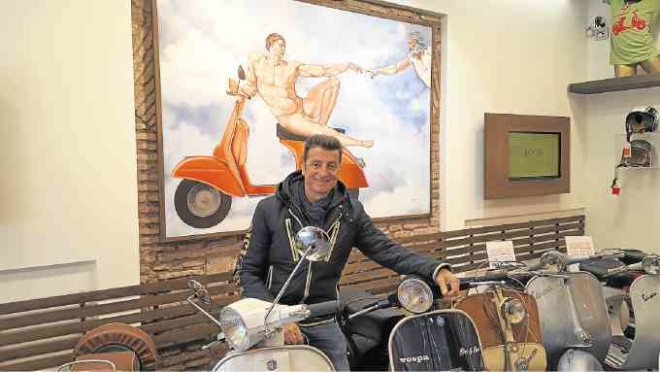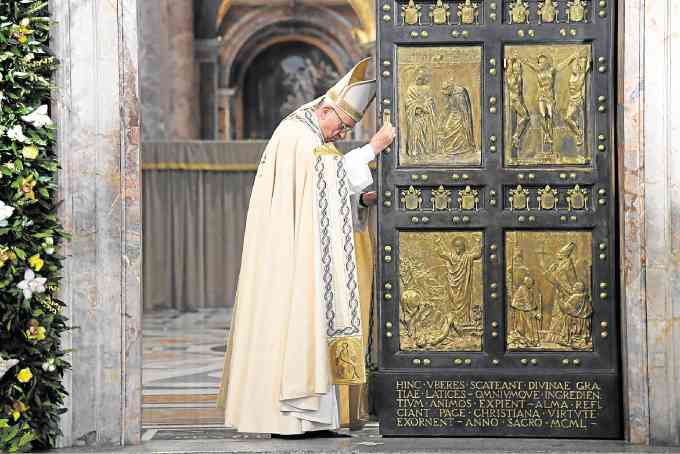
2016 will be remembered as a year of anniversaries and commemorations of events dating as far back as 500 years ago that shaped our world as we know it in the 21st century.
Pope Francis designated 2016 an extraordinary Jubilee Year of Mercy, and took steps to acknowledge Martin Luther’s reforms, for which he was criticized by conservative quarters. The Jubilee Year of Mercy ended on Nov. 20 with the closing of the Holy Door at St. Peter’s Basilica, Rome. Jubilee years of mercy have been called every 25 or 50 years since 1300; the last was in 2000.
During the Jubilee Year, priests were allowed to absolve the sin of abortion, while the process of annulment of marriages was made less burdensome.
Among events that took place in Rome and in the world during the year were vigil prayers to “dry the tears” of those who suffer, with special days for priests, missionaries, the sick and the disabled, catechists, workers of mercy and prisoners. In July, a World Youth Day was called in Krakow in the presence of the Pope.

Recently, the Pope prayed to “let us all work decisively so that no one is excluded from the effective recognition of their fundamental human rights.”
As many as 21 million pilgrims visited Rome during this period. Extra security measures had to be undertaken in light of terrorist threats.

Many monuments
The Eternal City renews itself with such events, and it is perennially a source of wonder that in addition to its many monuments, Rome still has enough space to accommodate new ones. Its latest is a statue of Pope (now Saint) John Paul II, not far from the main train station of Termini and the Piazza della Repubblica. A quick way to see this is to take a motorcycle ride on the back of an experienced driver from Bici-Baci, a tour company near the Piazza specializing in guided Vespa tours of Rome.
The statue of Pope John Paul II has been around for at least two years, but the Romans thought it looked too similar to Mussolini so the visage of the pontiff was tweaked to look more like his photogenic self. An interesting detail on the sculpture is a cloak with an opening that seems to invite birds or even human beings to take shelter—not a bad symbolism for the most well-traveled Pope in history, to whom the idea of refuge would not be foreign, as promoted by Pope Francis today.
This year also marks the fifth centenary of the establishment of the religion that the Germans call Evangelism and the rest, Lutheranism. This began in Europe when an Augustinian monk, Martin Luther, who initially was simply protesting the Church practice of granting indulgences from time spent in Purgatory through monetary contributions, posted 95 Theses for debate on the cathedral door of Wittenberg, in the central province of Saxony.
With the invention of the printing press by fellow German Gutenberg some 50 years earlier, it became possible to widen this debate, which eventually became interpreted as attacks on no less than the pope, Leo X (a Medici in need of funds, since he was rebuilding St. Peter’s Basilica with the help of Michaelangelo and Raphael) and the Holy Roman Emperor, Charles V. Luther’s confrontation with the two most powerful individuals of that day in Europe would be analogous today to challenging Putin and Trump—and winning.

Earlier attempts to question dubious Church practices had ended up with the protesters being burned at the stake. But Martin Luther had the good fortune of being protected by the elector Frederick the Wise, who shielded him from possible murder or torture. Deftly dealing in the social media of that day, Luther’s images were broadcast by such renowned German artists as Lucas Cranach, and his philosophy interpreted by such theologians as Melancthon.
The most significant result of this polemic was the translation in record time of the Bible from the original Greek and Hebrew into colloquial German, eventually forming the basis of today’s national German language. This religious reform would, however, split the Christian world into two main camps and erupt into the Thirty Years’ War (1618-1648) between Protestantism and Catholicism.
The Pope eventually got his way, since St. Peter’s Basilica was finally completed by his successors after 124 years. Leo X issued a Papal Bull addressing 43 of Luther’s theses; eventually, he excommunicated him, as well. Luther’s movement also paved the way for the strengthening of such modern ideas as democracy, liberty and personal conscience as opposed to dictatorship, authoritarianism and tyranny.

Impact
This is the subject of an exhibit called “Word and Image: Martin Luther’s Reformation,” running from Oct. 7 to Jan. 22, 2017, at Morgan Library in New York City. A collaboration between the Morgan Library and Museum and the German government and various museums, the exhibit shows—through 100 objects, as well as through lectures and performances—the impact of the Luther-led Reformation through a strategic use of the printing press, works of art and music.
Among the most striking pieces in the exhibit, aside from outstanding depictions by Lucas Cranach of Luther, his wife Katharina von Bora and the elector Frederick the Wise, is the chest into which monetary contributions, as well as indulgences themselves (enough to buy oneself out of 500 years of purgatory) were placed.
The Reformation was to lead to a Counter-Reformation on the part of the Church, and nowhere is this more evident than in a small baroque jewel of a town called Lecce in Southern Italy, which I had the occasion to visit on a weekend from Rome.
Lecce has an ancient history and became the easternmost bulwark when Charles V endowed it with fortifications against the Turks, as well as architectural monuments reflecting the reforms of the Council of Trent (1545-63), and the Jesuit ascendance in education and architecture.
The capital of Apulia, Lecce hosted academies to exchange knowledge in literature, philosophy and science. The town, which some now label as the Florence of the South, also has buildings in a unique style called Leccese baroque, with its emphasis on the curved line and stone ornamentation.
The nobility and the religious orders of Lecce competed with each other to produce the finest buildings of the day. The town was reshaped according to new baroque norms. As to the religious buildings, as stated by Rosella Barletta, “having exorcised the Turkish threat, the Church celebrated its own victory magnificently and joyfully, on the very places where the Muslims had left grim memories. That is why in the decorative exuberance, tiaras, crosiers, crossed swords and motifs of clear spiritual and Christian symbology are often present.”
In Spain’s heyday, the sun never set on its empire. As these victories were being celebrated in Rome and Lecce and setbacks experienced in the Protestant European North, Manila was being born as its farthermost outpost in the Orient. —CONTRIBUTED
The author is a retired ambassador, a career diplomat of 35 years, and served as envoy to South Africa (2003-2009) and Italy (2011-2014).












































